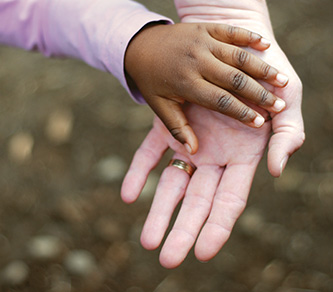When the Asian tsunami of 2003 hit India, hundreds of thousands of lives were lost, and hundreds of children were orphaned. Shortly after the tragedy, a woman based in the United States named Sumathi thought about adopting an orphan or two. However, she also considered her age, and so she thought it best to build a home for them in her native country of India.

It wasn’t easy since the legalities of adopting that many children take a lot of time and effort. After years of orphanages being used as fronts for farming children for their organs and as prostitution dens, the government wasn’t going to make it easy.
But through perseverance, Chinmaya Vijaya Orphanage opened its doors to children who no longer had people to take care of them. It took 18 months to open the 13-employee house, but with a monthly pledge of $2,000 from benefactors and other kind sponsors, the first 20 girls were taken from a WHO shelter and given a home. These girls were indeed rescued from slums and “guardians” who had them do heavy manual labor for cash.
Not waiting for them to be used as prostitutes, Sumathi made her move and took in the girls. Today, the number is up to 50 girls between ages four and eight. The target of the orphanage is to adopt 200.

Dr. Apparao Mukkamala is a clinical professor of radiology at the Michigan State University College of Human Medicine and was among the founders of Chinmaya Vijaya Orphanage. Learn more about his work here.

















